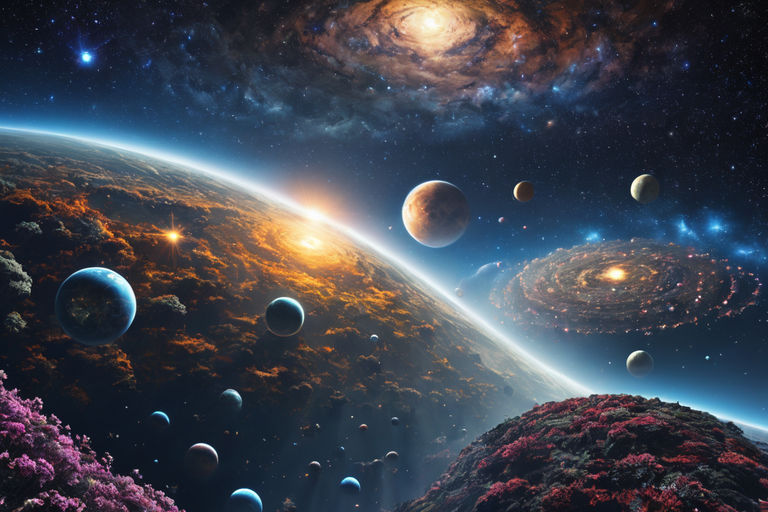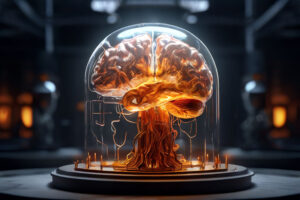Introduction: The concept of multiple universes or parallel realities has captivated the human imagination for centuries, inspiring countless works of science fiction and philosophical inquiry. One of the most intriguing interpretations of this idea is the Many Worlds Theory, proposed within the framework of quantum mechanics. In this article, we will delve deeply into the Many Worlds Theory, examining its origins, principles, implications, and some analogies to help grasp its profound implications.
Origins of the Many Worlds Theory: The Many Worlds Theory, also known as the Everett Interpretation or MWI (Many-Worlds Interpretation), was proposed by American physicist Hugh Everett III in his Ph.D. thesis at Princeton University in 1957. At the time, quantum mechanics was still a relatively young and evolving field, grappling with the strange and counterintuitive behavior of particles at the subatomic level.
Principles of the Many Worlds Theory: At its core, the Many Worlds Theory suggests that every possible outcome of a quantum event actually occurs, each in its own separate universe. This idea stems from the probabilistic nature of quantum mechanics, where particles exist in a state of superposition until measured or observed, at which point their wave function collapses into a definite state.
According to the Many Worlds Theory, when a quantum event occurs, such as the decay of a radioactive atom, the universe splits into multiple branches, each corresponding to one of the possible outcomes. These branches continue to exist independently, forming a vast multiverse of parallel realities.
Analogy: Consider a coin toss. In our classical understanding, the coin can land either heads or tails, representing two possible outcomes. However, in the Many Worlds Interpretation, both outcomes occur simultaneously but in different branches of reality. In one branch, the coin lands heads, while in another, it lands tails, and so on for every possible outcome.
Implications of the Many Worlds Theory: The Many Worlds Theory has profound implications for our understanding of reality and the nature of existence. One of the most striking consequences is the notion of infinite possibilities and the idea that every conceivable outcome of every quantum event is realized in some universe.
This concept challenges traditional notions of causality and determinism, suggesting that every decision we make, no matter how seemingly insignificant, leads to the creation of new universes, each branching off to accommodate the different choices we could have made.
Analogy: Imagine a branching tree, with each branch representing a different decision or action. At every juncture, the tree bifurcates, creating new branches for every possible choice. Similarly, according to the Many Worlds Theory, our universe continually branches into myriad parallel realities with each quantum event.
Criticism and Debates: Despite its intriguing implications, the Many Worlds Theory is not without its critics and skeptics. One of the main criticisms revolves around the issue of probability and the sheer complexity of a multiverse containing an infinite number of parallel universes.
Critics argue that the theory lacks empirical evidence and raises questions about the testability and falsifiability of its claims. Furthermore, some physicists favor alternative interpretations of quantum mechanics, such as the Copenhagen Interpretation or the Pilot-Wave Theory, which offer different explanations for the behavior of particles at the quantum level.
Conclusion: The Many Worlds Theory offers a fascinating glimpse into the potential structure of reality, suggesting that our universe is just one of countless parallel worlds coexisting within a vast multiverse. While still a subject of ongoing debate and speculation, the concept has sparked intense interest among physicists, philosophers, and science fiction enthusiasts alike, prompting us to reconsider our understanding of existence, causality, and the very nature of reality itself.





